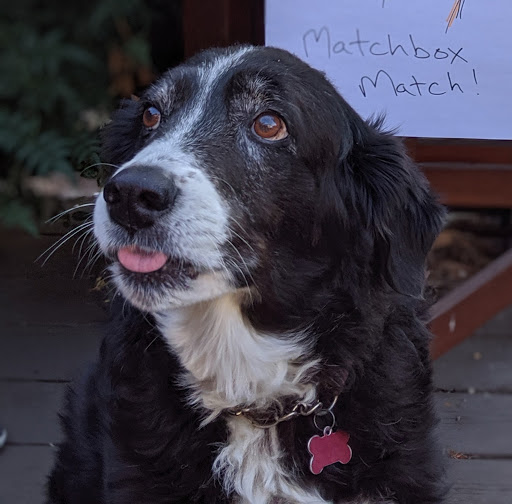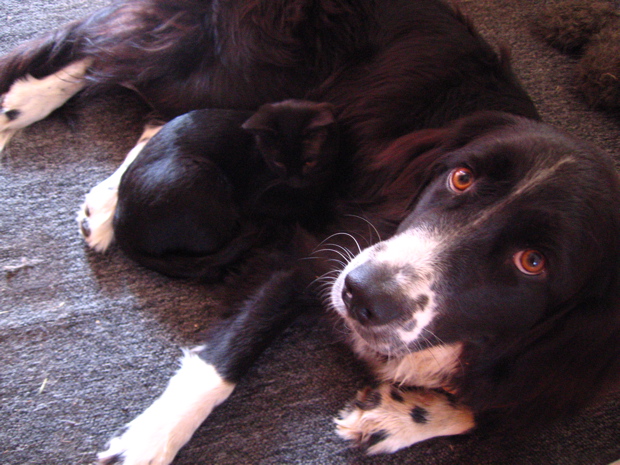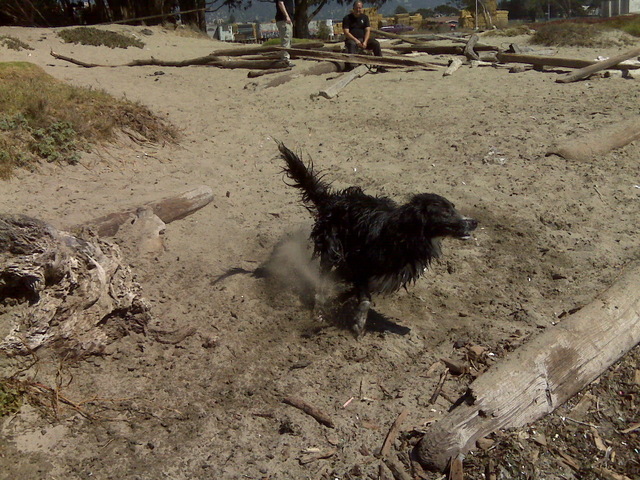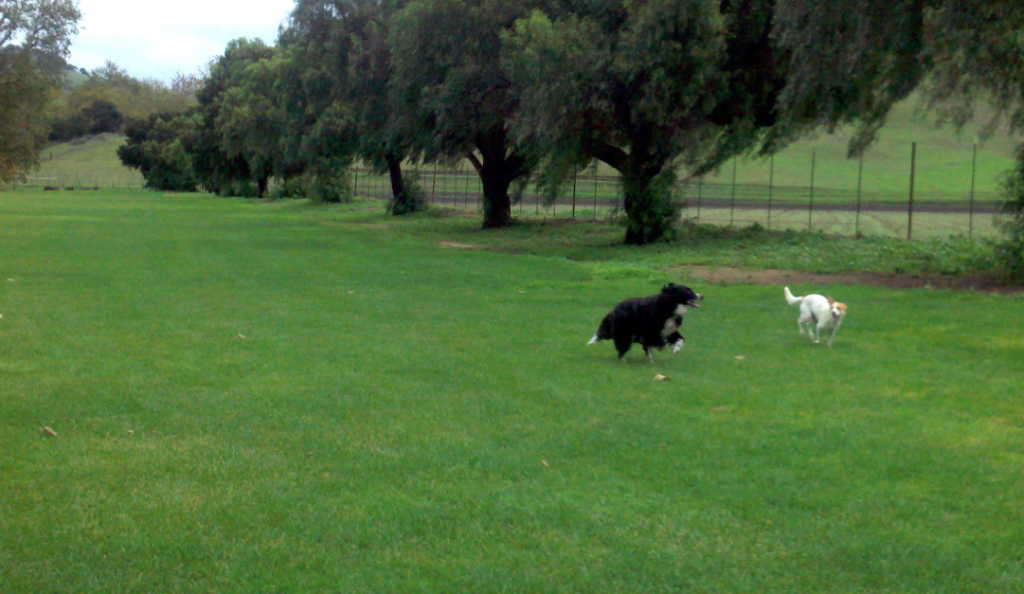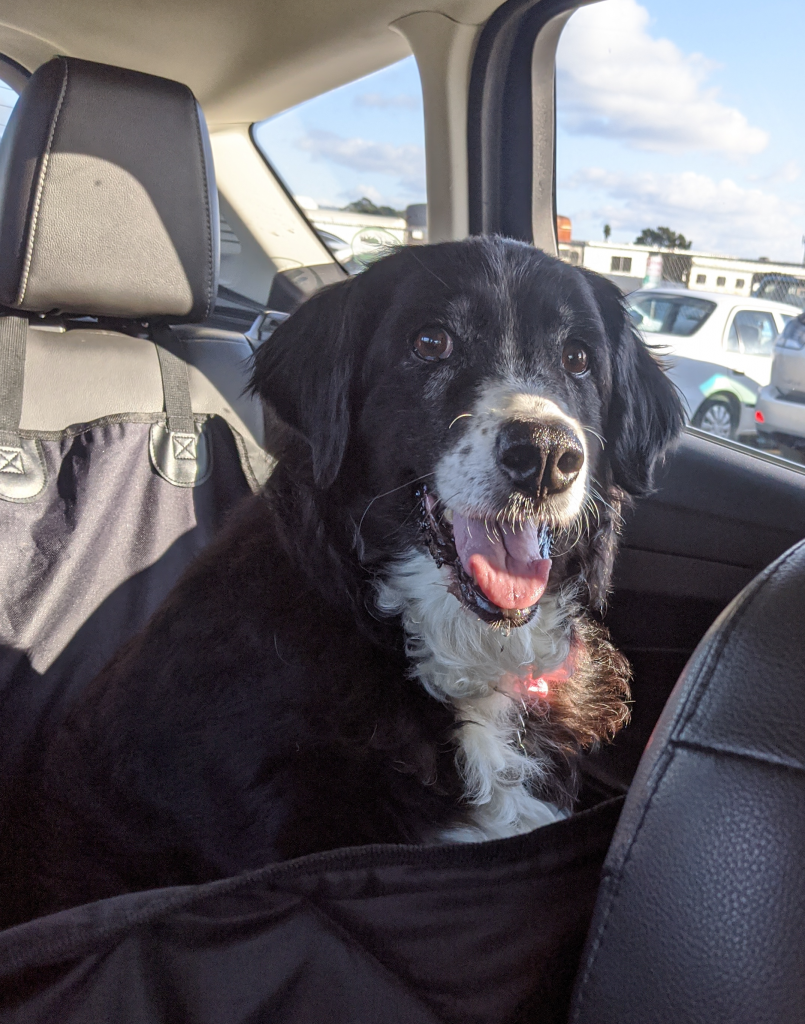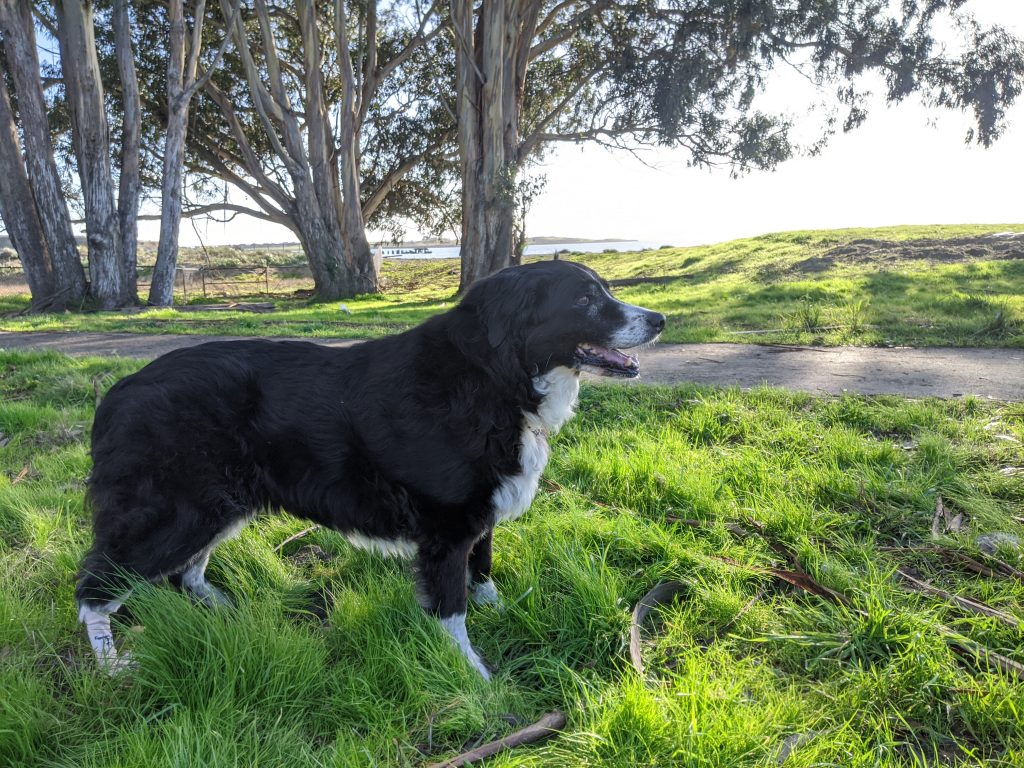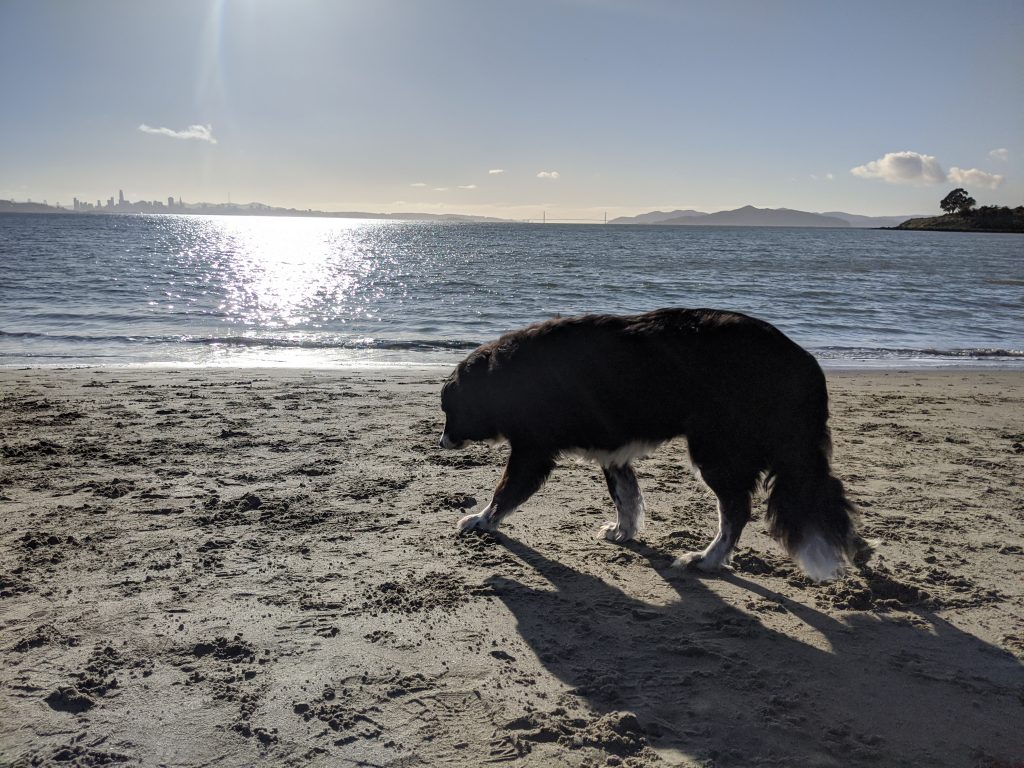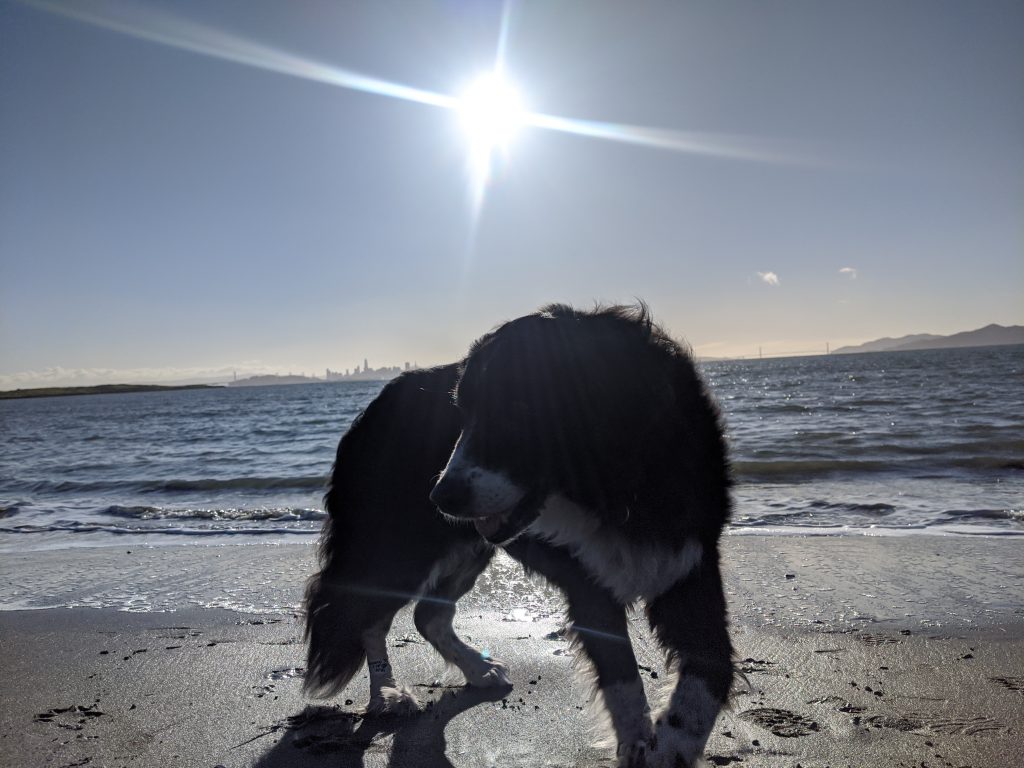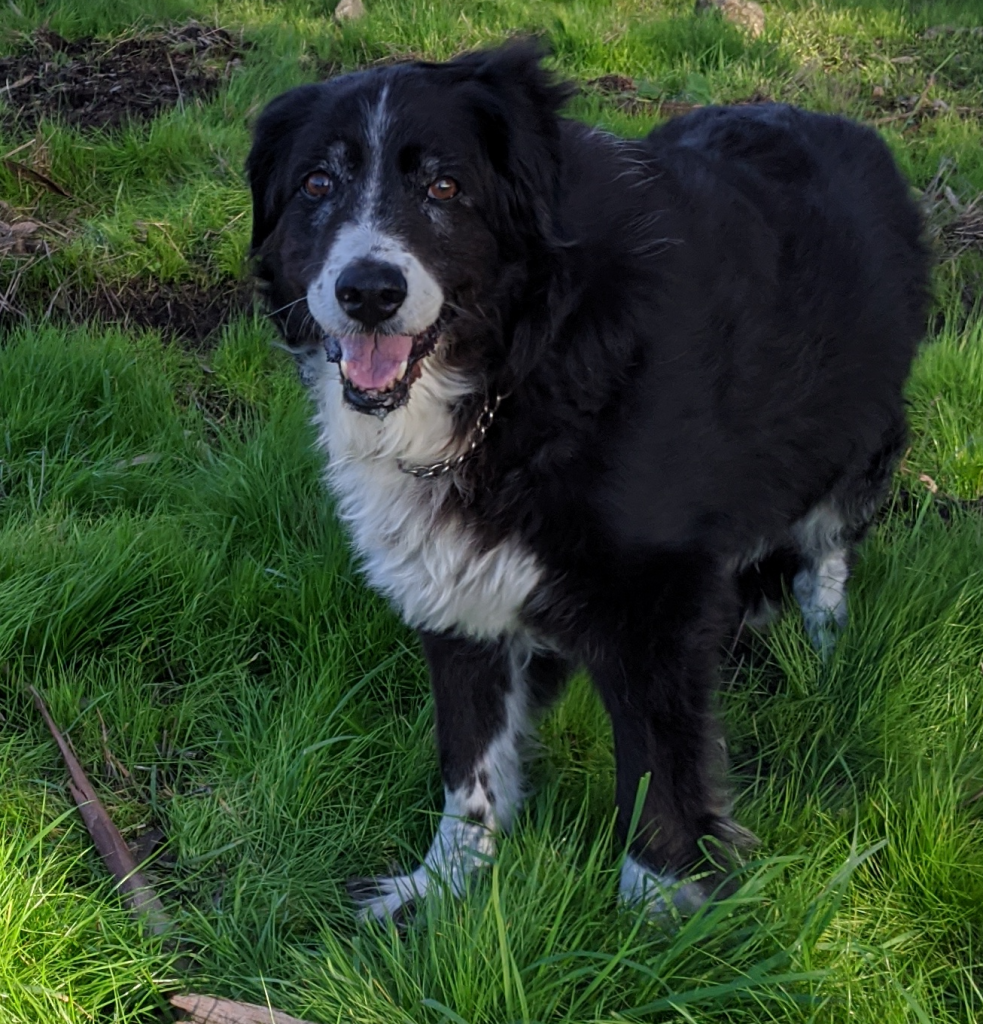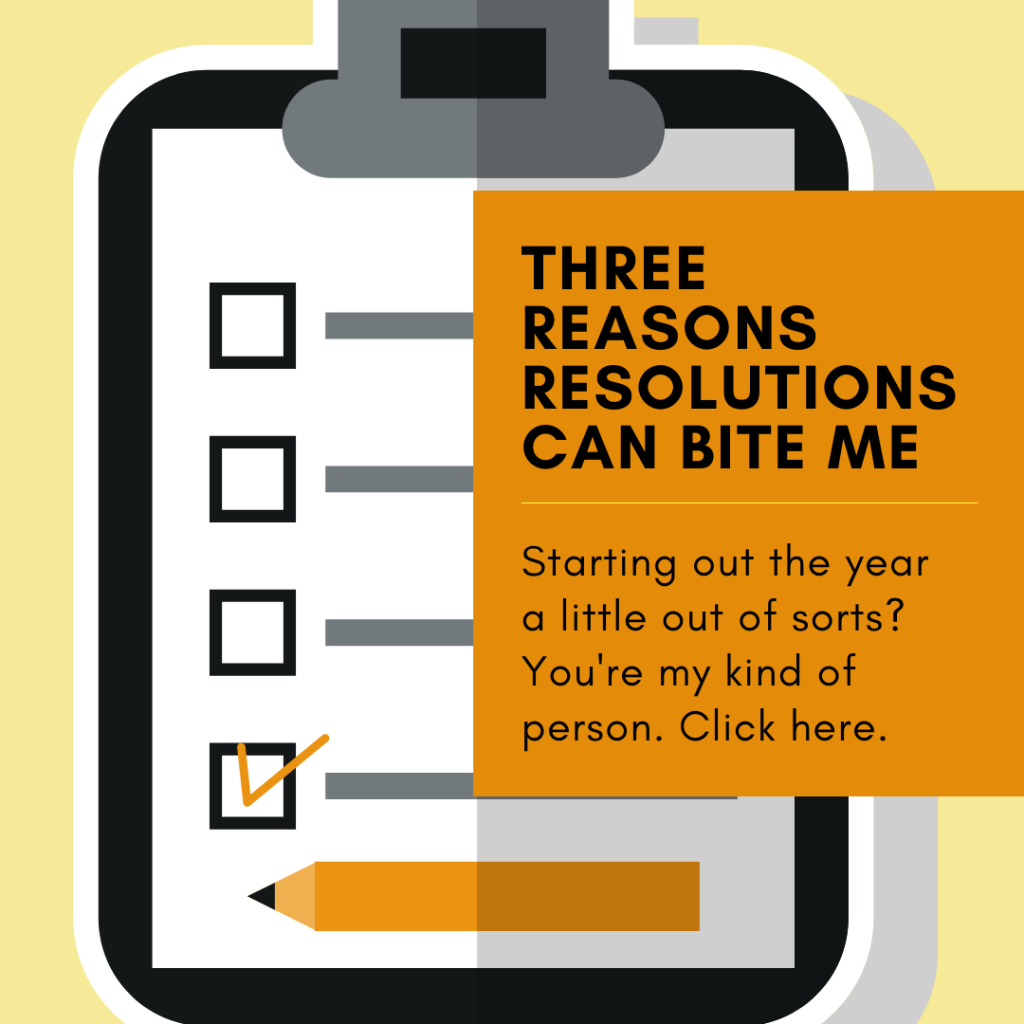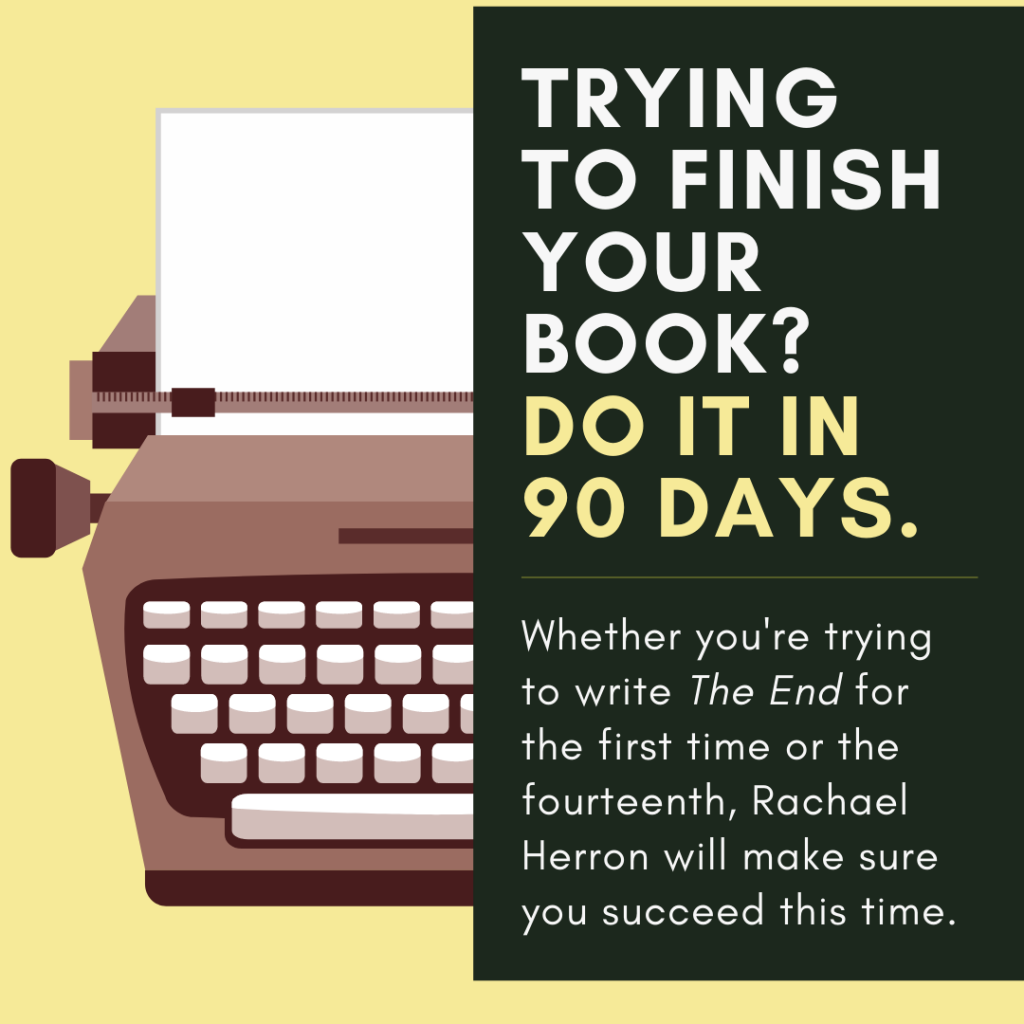Ep. 155: Blog vs. Memoir and Couch to 5k for Writing – Bonus Episode
How do you decide if writing a blog is for you if you’re writing memoir? Are blogs even still a thing? And how do you boost your reading and writing comprehension like runners do with Couch to 5k? (Bonus fireplace insert question!) Thanks for Lorajean, Erin, and Catriona for today’s questions!
Transcript
Rachael Herron: 00:01 Welcome to How Do You Write, I’m your host, Rachael Herron, and this is a bonus episode brought to you directly by my $5 patrons. If you’d like me to be your mini-coach for less than a large mocha frappuccino, you can join too at http://patreon.com/rachael.
00:15 Well, hello writers. Welcome to a bonus mini-episode of How Do You Write. This is episode number 155, I am recording on December 4th of 2019, and I am going to try to get through three questions today. Bam, bam, bam. Quick like a bunny. So the first one today comes from Laura Jean. Laura Jean, I just have to say is my ideal reader, she has always been my ideal reader ever since she became a fan of my books years and years ago, and now when I’m writing a book, I really do think about that one person that this will please. Especially when I’m writing romance, I want it to please Laura Jean. And it’s really nice to have that kind of reader in mind, so thanks, Laura Jean, and thanks for your support.
01:01 And here is your question, Laura Jean, “I’m working on my reading comprehension and I think working on my writing would go hand in hand with that. Can you recommend exercises to get this process started? Like a Couch to 5K, but Couch to writing an email, Instagram posts, blog posts with cohesion”. This is such a great question. Reading comprehension and writing ability do kind of go hand in hand because we are always using reading comprehension when we’re writing. It sounds obvious, but a lot of people don’t quite think of that. So this is something that comes up for writers. I just jotted down kind of the things that I do to start something, I always need to break down tasks, including all writing tasks to smaller bits of information, otherwise, I’m overwhelmed. If I’m writing in my journal, I’ll just start writing free flow, whatever comes to me, but if I’m actually working on something that has any kind of a point, like a blog post or an Instagram post or a full novel, I need to know what that point is first, so I bullet point some things out. It sounds prosaic and businesslike, but for me it works. I think about two things, “What’s my point?” and “What’s my proof?”. The proof that proves this point I’m trying to make, that I’m trying to get across to another human being, it doesn’t have to be scientific proof. It can be a feeling that I had, that’s enough proof for me and for other people, especially like if we’re writing something inspirational on Instagram because we had a magical walk in the woods in which we realized that, yeah, we’re freaking just fine the way we are right now today. I am happy with my body, I’m happy with my brain, I’m happy with where things are, I can be content in this place.
02:59 So yeah, I’ve had that revelation and I want to come back and tell people about it and show them a beautiful picture of a tree. I would think, “What’s my point?”. My point is perhaps something like, “I need nature to remind me that I’m part of it and that I’m okay as I am”, that’s my point. “What’s your proof?”, I start thinking about what I saw, what I heard, what made me feel that way, maybe what I was thinking about before I came to that revelation or how I was feeling before I came to that revelation, and I bullet point those out too. As I’m having these thoughts, I bullet point them out, I list them, and then I kind of flush them out. I flesh out the idea of how I was feeling before I went into the woods. And then I might flush out what the creek sounded like when I realized that, “Oh yeah, I’m part of nature too”. I might think, “Oh, you know what? I flushed that point out and I don’t actually like it”. Great, we get to erase it. Once you flush out those little bullet points, you put them together. You can add connectors if you want. Also, human brains are super willing to make connections. Sometimes I don’t even bother with transitions, people just understand what I’m saying. A real technical point that may help, and this is something that I’ve only recently learned, when you are writing, it’s very hard to compose when things are small or in a type that doesn’t lend itself easy to read. And it has been proven that if you type in Comic Sans, you write faster. Isn’t that interesting?
04:40 If you write in Comic Sans, which is ideal for people who have dyslexia or other kind of difficulty reading, Comic Sans just doesn’t confuse the brain. I know it’s not the most attractive font to look at, but it is great for reading comprehension. If you are not battling reading comprehension of the things that you’ve just written, you write faster and you write better, you write cleaner. You can also use a bigger font. So a large font Comic Sans as you’re writing, not too large, you don’t want four words on your screen, you know what I mean? So give that a try, see if that also helps with that whole drafting process. And also, most of all, trust yourself. When you have made the points that you want to make, you can stop. If you don’t get to all the points you wanted to make, you can also stop. If you start a post of any kind, an email or a blog post or an Instagram post or whatever it is you’re writing and it goes somewhere else, that’s really interesting. A lot of times I will sit down to write an email or something to my list and it goes in a place I absolutely did not expect it to. In that case, generally, I will go back and revise the first part to kind of match if I need to bring it back in line. But sometimes the journey is the point, and that’s fine too. People are willing and happy to read interesting words and they want to know what’s in your brain. So I love this question, thank you, Lorajean.
06:03 Um, let’s see. Aaron has a– I told you guys you could ask me anything and I love this. “I read your opinion on Fireplace – maybe Fireplaces, I think I lost that word – as a former nine one one dispatcher – sorry about that horn honking out there, rude – but where do you stand on wood burning fireplace inserts?”. We’re about to have four giant cypress trees trim for the first time in decades, and I’ve already got about a half cord of dried split and seasoned pine from the giant Monterey pine that we’ve we had to cut down three years ago. There’s at least a quarter pine that still needs to be split, we could probably heat our home for the next four or five years by the time we have all the woodcut. I am a super fan of wood burning fireplace inserts, I think that they’re beautiful, I think that they do pollute the air, but you know what? Not as much as everything else that’s happening. Here, and Aaron, I know that you live on the coast, we do have spare the air day, so you just have to make sure that you don’t burn on those days, and you can always check sparetheair.org to find out what those days are. But otherwise, wood stoves are, especially when they have the inserts, they are efficient and they are generally very, very, very safe. I cannot think of a single fire that I ran while I was working for 17 years as a nine one one dispatcher that occurred because of a fireplace insert.
07:22 This is not legal advice, of course, you’ve got to make sure that everything is in working order and that the chimney is good, but they are definitely safer than just an open fireplace, which have burned down so many houses since time immemorial, so I love that idea. Do it or don’t do it, don’t take this as legal advice, Aaron, oh my God. Let’s see, another question from Aaron and from Katrina, basically asking the same thing. “Memoir versus blog, where to start, how to decide, either or both?”. That’s such a big question. It depends on what your heart wants. Isn’t that just a frustrating answer, Katrina? I know you and blogging, you do a great job with blogging. Your words lend themselves to blogs and it will absolutely fit into your memoir. So, Katrina, I say keep up what you’re doing. The nice thing about blogging memoir pieces or short creative nonfiction is that you can get eyes on, you can get readers that way. If you are going to blog these things, always have a place for people to sign up to your newsletter, even if it’s your very first blog post and you know that literally one person is going to read it and it’s going to be you. And you’re going to refresh it tomorrow and it will be you again and the next day. The thing about blogs nowadays is that there is so much information on the internet, it is hard to get noticed at first. The thing that changes that is to have more content. If you only ever put up three or four blog posts, no, it will almost guaranteed be seen by no one, because Google won’t give it the juice that you need. But once you have content, once you have time, Google starts to push people there and it starts to do its Google magic.
09:17 As a place to be consistent and to give yourself kind of a purpose or a deadline, I think blogs can be great. You say, “Well, I’m going to do one blog post a week”, and that becomes a goal that you can meet. And at that point, you don’t care if people are reading it or not, it is a form of accountability. If your memoir, however, is– that works really well for pieces like a memoir made of pieces or a memoir made of essays in an essay format. If you are writing a memoir about a time in your life, a specific time during which you overcame something and learned and grew, it’s a little bit harder. You want to show that character arc all the way through your memoir and it’s a story, not necessarily essays. So if you’re showing a story, you can absolutely blog it, but I would be a little bit more hesitant about that because, just like a novel, you’re going to be doing a lot of revision on it, and if you put up all your first draft stuff, are you going to be comfortable with that later? If your first draft pieces are up there, and as you wrote your memoir, you realized it was actually about something else in your life that you want to illustrate, and now you’ve got these pieces of the book left behind on the internet, it’s 100% fine. I do not worry about copyright crap, I really don’t. Nobody’s going to steal these pieces and make a book and then try to publish it, I promise. It’s just about what you are comfortable having out there. So the smaller polished kind of piece, that’s awesome in a blog.
10:54 If you are still exploring what this memoir is, it might just be best to have a first draft on your computer of the book, of the whole memoir, and if you still have that blogging urge, then do smaller pieces or cut down pieces that kind of stand alone and put them on the blog. Either way is fine, do what your heart wants and definitely don’t do a blog unless you really, really want to. There’s no reason, there’s no good reason to do it very early. Only do it if you really, really want to. I hope these answers help and if you would like to send me questions, you know how to do it. And I wish you very happy writing, my friend, and there will be a full-length podcast coming out later this week with Jeremy Spillman and you are going to very much enjoy that interview, I found him delightful to talk to. So we’ll talk to you soon my friends. Thanks.
11:48 Thanks so much for joining me on this episode of How Do You Write. You can reach me on Twitter, Rachael Herron, or at my website, http://rachaelherron.com. You can also support me on Patreon, and get essays on living your creative life, for as little as a buck an essay, at http://www.patreon.com/rachael, spelled R-A-C-H-A-E-L. And do sign up for my free weekly newsletter of encouragement to writers at http://rachaelherron.com/write. Now, go to your desk and create your own process, and get to writing my friends.
